I had a lot of fun looking at the dedicated line of Foma developers this year. Yes, they produce a couple of clones but have three developers unique only to their company. LQN crossed my desk after someone suggested that it is the dedicated developer for Fomapan 200. And having struggled with Fomapan 200, I wanted to give this one a shot. I initially thought I would have to get it shipped by the slow European route. I soon discovered that my local source of rare developers had some in stock, so I got a bottle. LQN is the sibling to Fomadon LQR. But unlike LQR, which is designed as a high-contrast developer for a reversal process, LQN is a traditional negative developer for eventual darkroom printing. Unlike LQR, many more developing times are available for LQN.
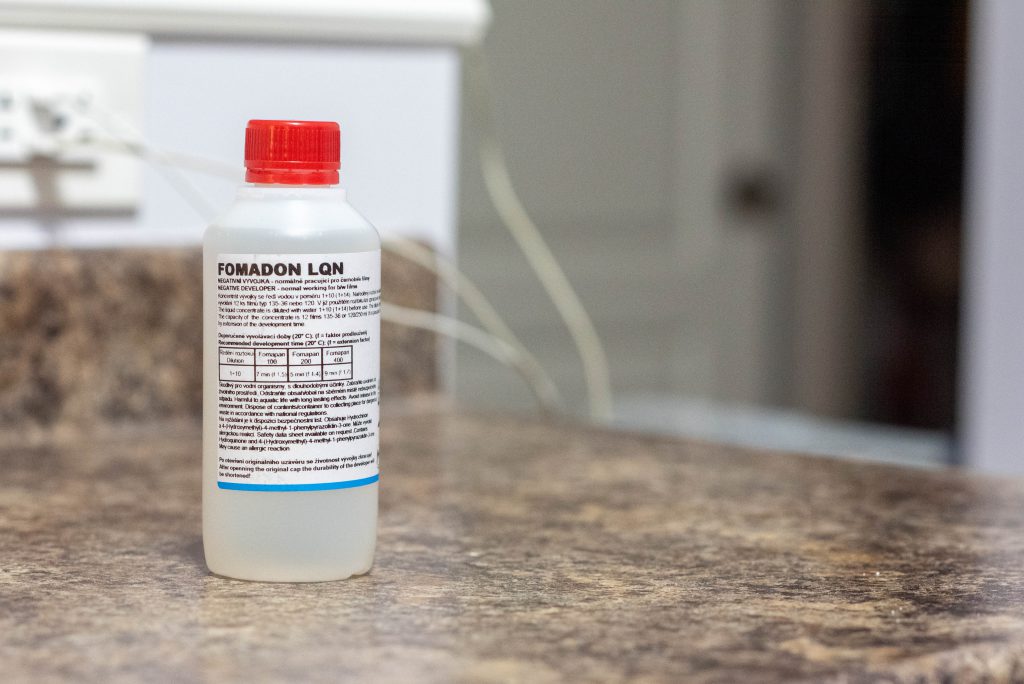
Technical Details
Manufacturer: Foma
Name: Fomadon LQN
Primary Developer: Phenindione & Hydroquinone
Type: One-Shot*
Mix From: Liquid



Handling
LQN, like LQR, is a liquid concentrate developer. It’s a clear liquid with some viscosity but is easy to handle, pour and mix with water quickly. It comes in a clear PET-style bottle, so storing it in a cool, dark location is essential. It will gain a slight yellow tint as it ages. While there’s no documented shelf life, I assume it is a year in sealed conditions and six months once opened. It only comes in a single volume of 250mL, so to extend the life, you have two options. The first is double up your rolls using the standard 1+10 dilution. Or use the more dilute mix of 1+14. Most development times are listed with the 1+10 dilution, which, if you use 500mL of working solution, you get a total of five cycles. When working with the 1+14 dilution, you must increase your development time by a multiplication factor. The factors are listed directly on the bottle, but it only lists the three core Foma films. On paper, LQN is a one-shot developer, mixed to working strength used and disposed. However, my good friend and fellow photographer Dan Novak has noted that LQN can be reused and noted that there was no loss of quality or power if used within a few hours and under multiple batches of film. Although he has only done two different rolls. LQN works well in standard hand tanks but handles mechanical rotation devices easily.




Applications
Fomadon LQN is an excellent choice if you are shooting the core selection of Foma films. You get the best results from all three and have the most flexibility with your dilutions as the information is printed on the bottle label. LQN is perfect as an elevated general-purpose developer for most standard film stocks. I didn’t see any difference in performance between fast and slower films. But it works best between the ranges of ASA-100 and ASA-400 in both traditional and t-grain film stocks. LQN works well if you are doing low-volume development in a short time frame, as the small amount of concentrate in the bottle makes it challenging to handle high-volume jobs. LQN is also an excellent developer for those getting into home b&w development; the ease of use and clean results are perfect for the beginner. I recommend using something other than this developer for low-contrast films that are grainy by nature; LQN will do nothing to help tame the less desirable qualities of the film stock. I did like what the developer did with Delta 100 and Arista EDU.Ultra 100, and Fomapan 200, I cannot say the same about Foma Retropan 320 Soft. I don’t recommend using LQN for push or pull processes; it behaves best when shooting the film at box speed. It is not a compensating developer.
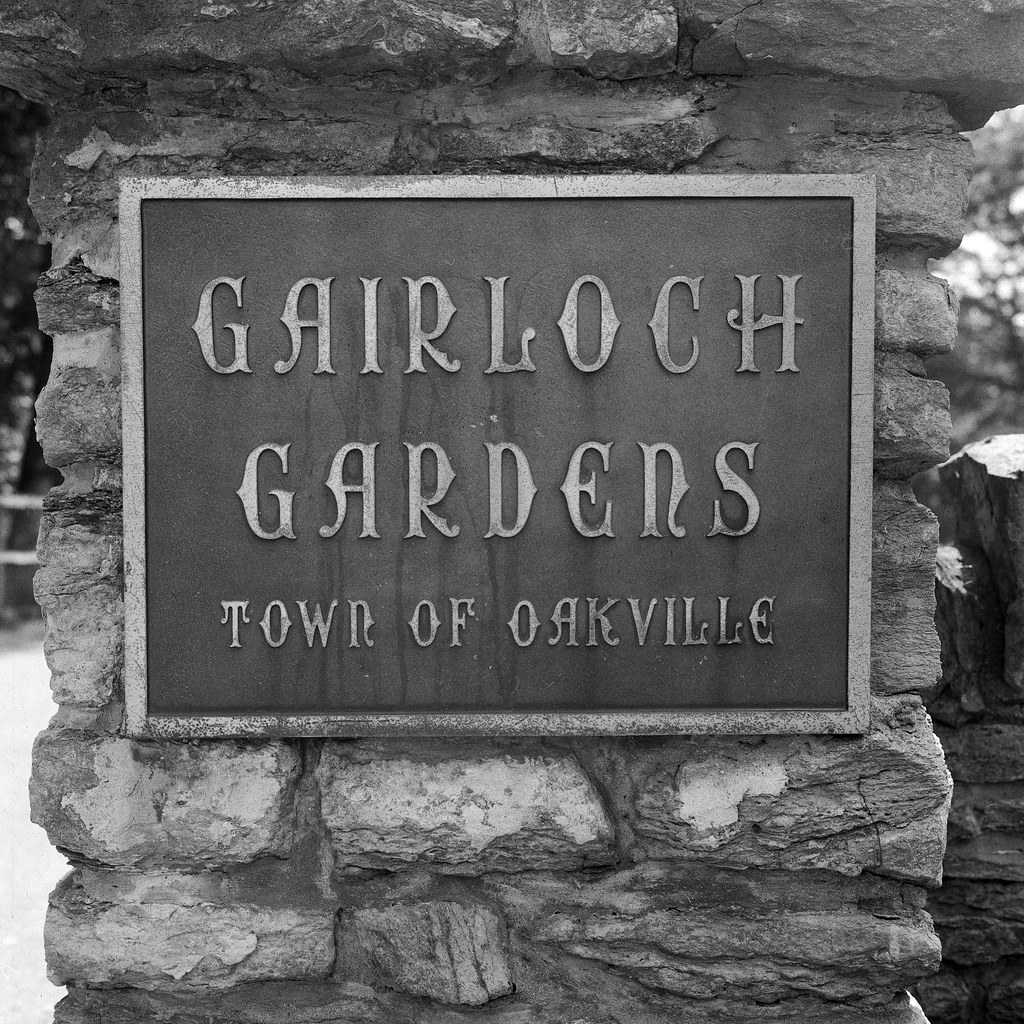

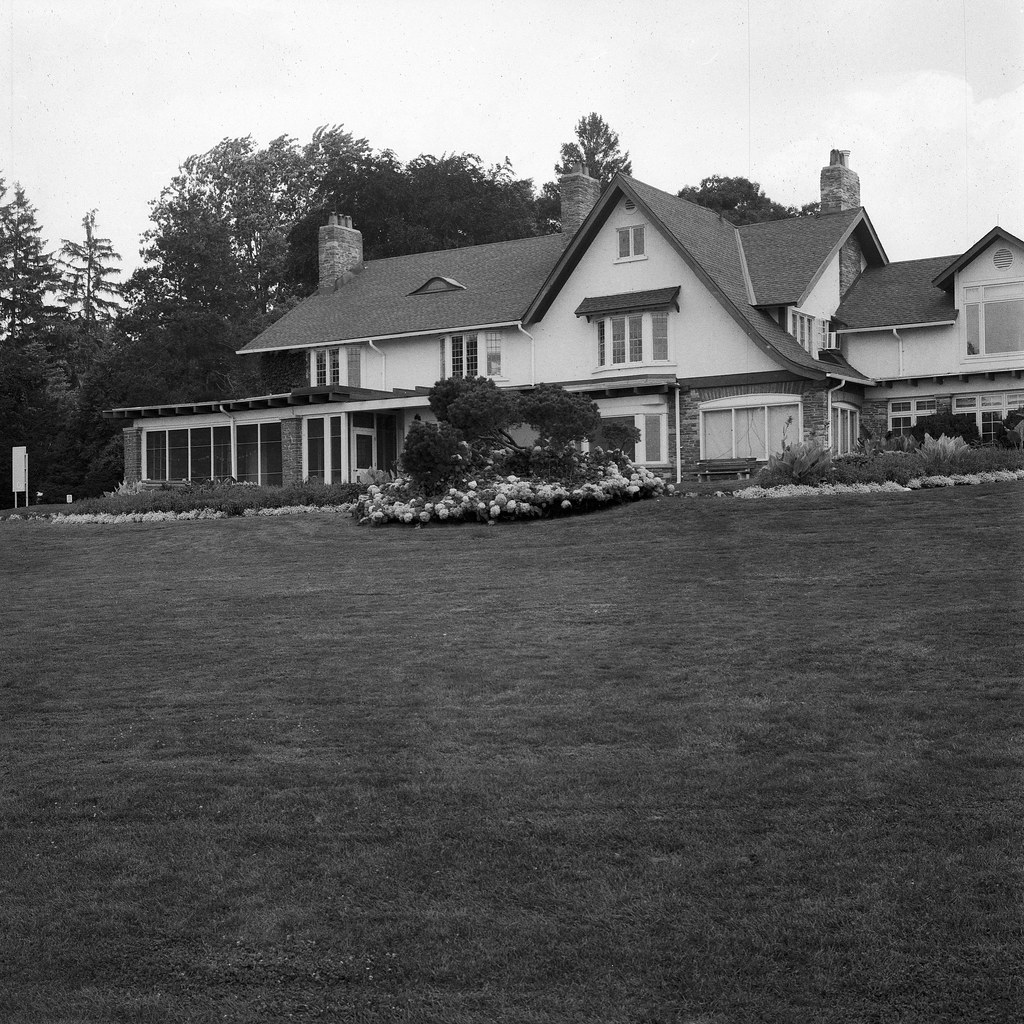
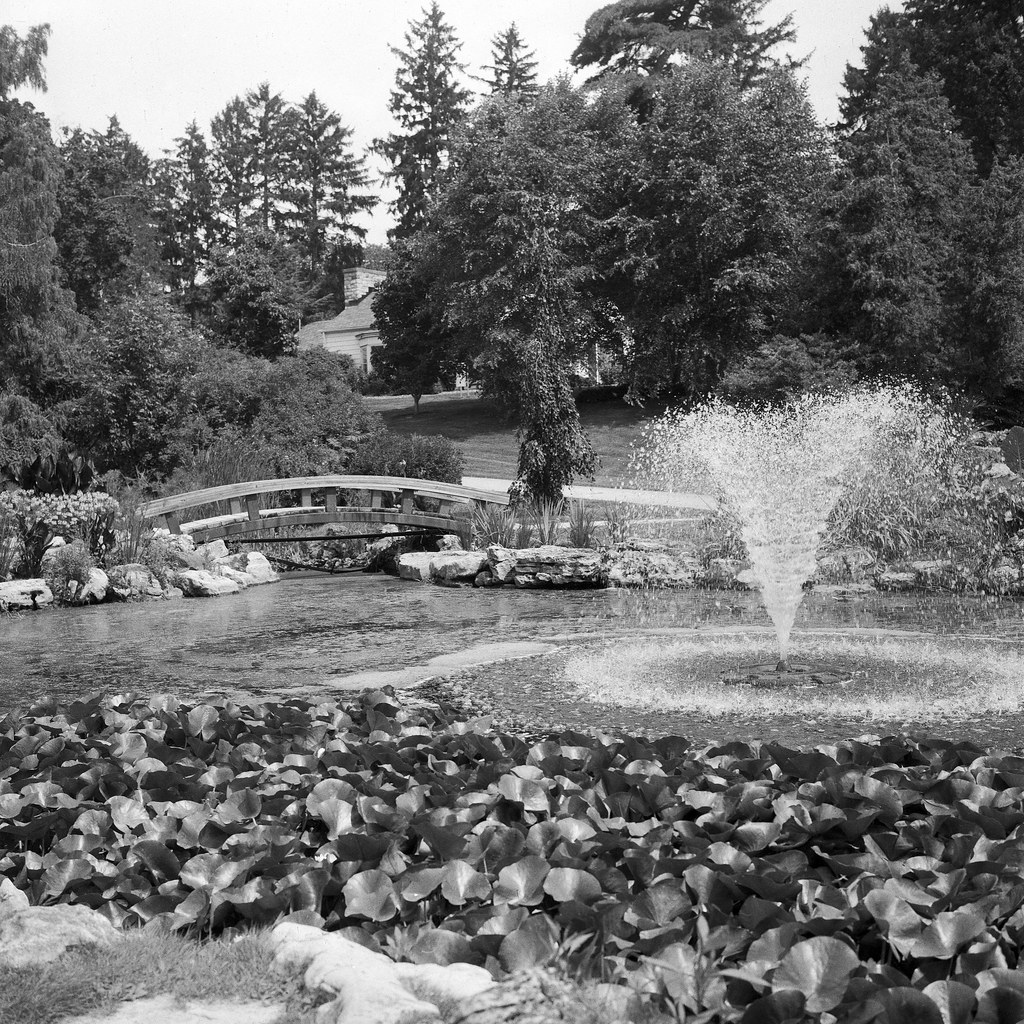
Qualities
As a general-purpose developer, LQN works with the native qualities of the film stocks and only has a bit of influence on the final negative. I found the results (mostly) pleasing from the films I developed with LQN. It does an excellent job of maintaining the edge sharpness without increasing the visible grain. LQN also is a middle-contrast developer and helps with the inherent contrast between the film and the tonal range. It won’t do anything to increase or decrease the contrast but rather enhance that contrast. So with a grainy low-contrast film like Retropan 320, you will still have a low-contrast grainy film. With a film like Delta 100, you get a lovely contrasty film with excellent edge sharpness and fine grain. The one thing I did notice is that the image quality does not change when you go with a more dilute mix, you only have to increase the development times.
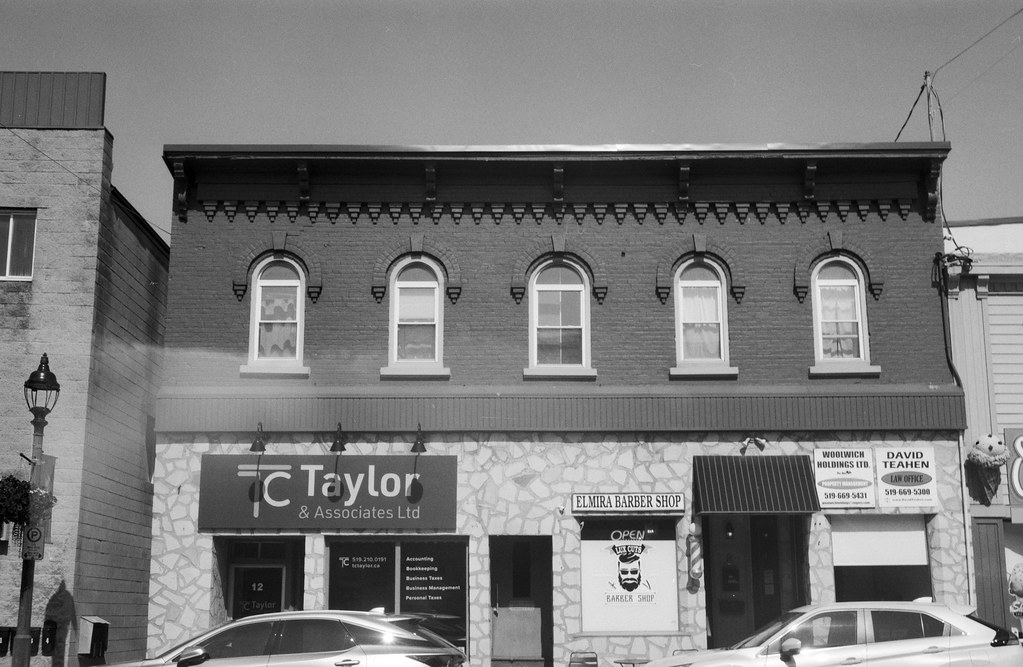


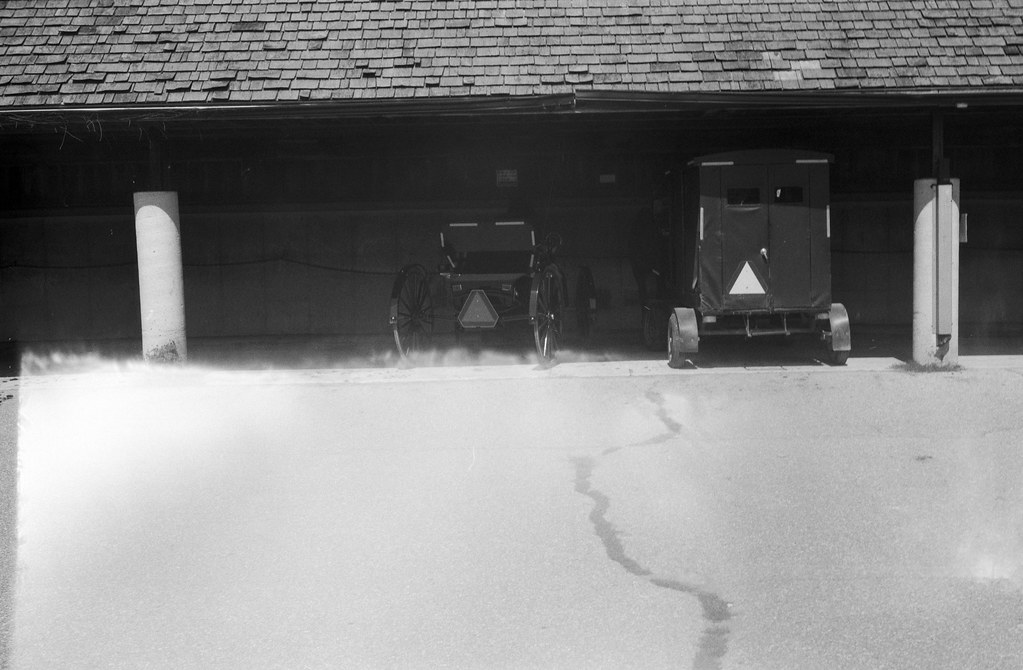
Lowdown
Fomadon LQN is a boring everyday developer that has nothing special to offer. If you’re into more exotic developers, give this one a miss. But if you’re looking for a daily driver or a place to start with home B&W development, then LQN is an excellent choice. It lets the film speak for itself and enhances all the native aspects of the film stock. The biggest issue for those in North America is availability. While getting Foma films is easy, getting the developers is more complicated. I could only get a bottle from one place in Canada, Argentix.ca. However, if you are in Europe, you can pick it up far easier. And the cost per roll is fair for such a small volume. It would help to double up your films to maximise those numbers whenever possible. I did, however, like how LQN handled Fomapan 200, a film I have struggled with for a long time. Will I use LQN again? If I need to shoot large quantities of Fomapan 200, I will probably grab a bottle, but I have enough developers in my chemistry kit of this type.


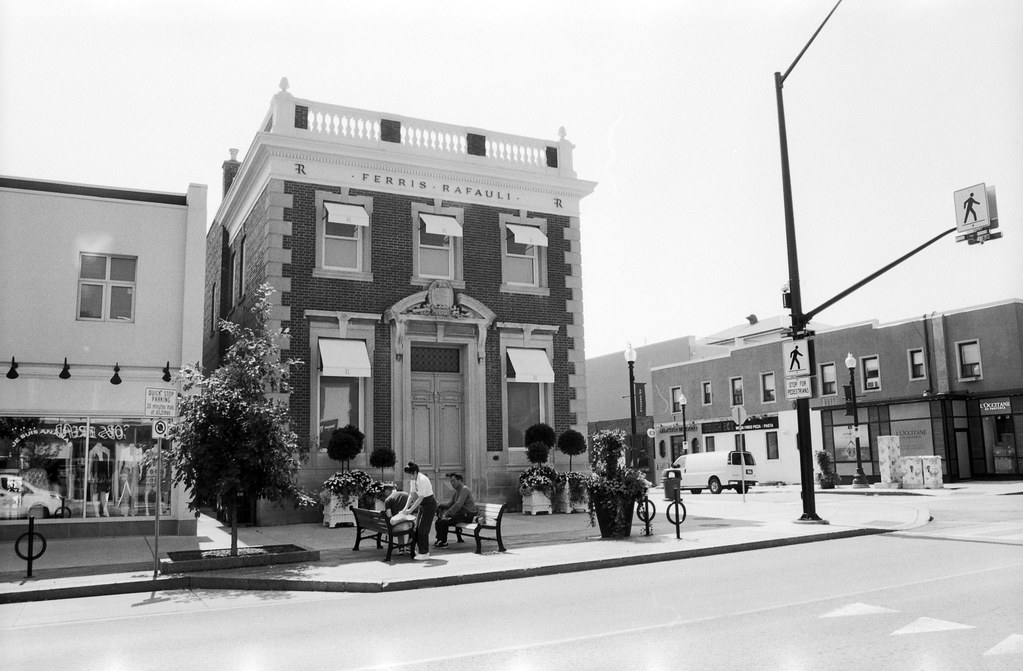

Recommended Reading
Don’t just take my word on LQN check out these other blogs on the subject!
No Other Reviews Found
It is a good developer which does seem to suit fomapan. It looks great for fomapan 100 also and much more balanced and less contrasty for this film than ilfosol-3. Sometimes can be a bit cheaper than other developers also. Fomapan 400 not so sure about yet, but I think that’s the film and beginning to standardise on hp5 or rpx400 for faster films in 35mm.